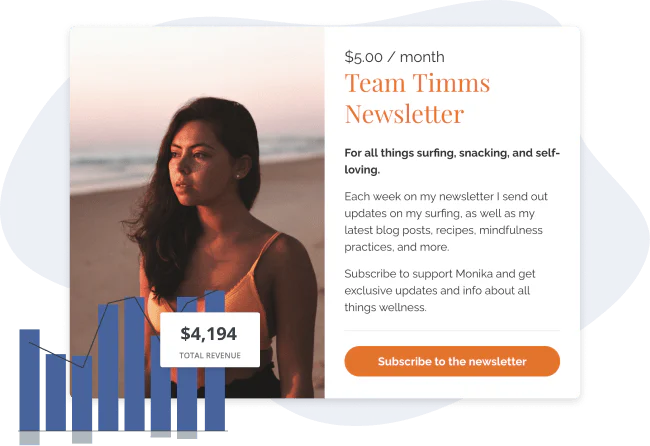How to create coaching packages, set their prices, and deliver exceptional experiences
Updated: June 14, 2024
23 min read

Start selling within minutes
As a creator, you deserve to get paid for your work. Kit Commerce is ready-made to help you sell digital products.
Get paid with Kit Commerce
Afoma Umesi
Afoma Umesi is a freelance writer for software companies and businesses in the marketing industry. When she's not tapping away at her keyboard, you'll find her reading a good book or experimenting in the kitchen. (Read more by Afoma)


